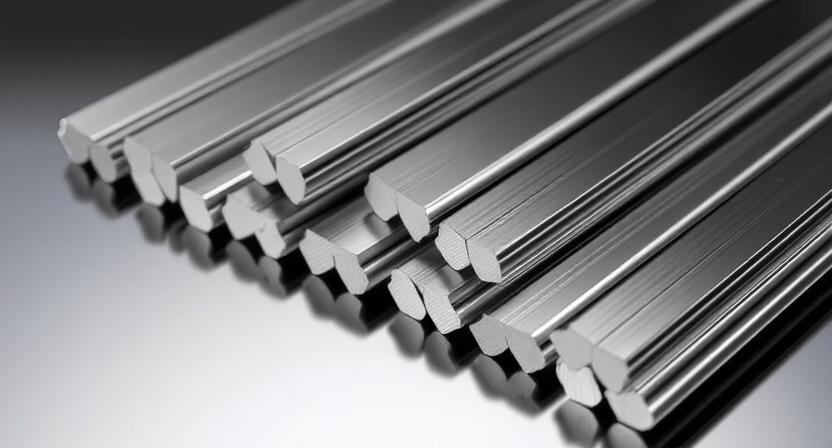Stainless Steel 202 Properties
Stainless Steel 202, produced by Ferrobend, is a popular and versatile material known for its excellent combination of strength, durability, and resistance to corrosion. Whether you’re in the automotive, construction, or manufacturing sector, Ferrobend’s Stainless Steel 202 is engineered to meet the highest industry standards. It is one of the most sought-after alloys due to its affordability and performance, making it the ideal choice for various industrial applications. Stainless Steel 202 is an austenitic stainless steel that is known for its good corrosion resistance, strength, and formability. It is primarily composed of chromium, nickel, and manganese, with a low nickel content compared to other grades like 202 or 316 stainless steel. Stainless Steel 202 offers outstanding resistance to oxidation and corrosion, especially in atmospheric conditions. It is particularly suitable for indoor and outdoor applications where the material may come into contact with moisture, air, and other elements that can cause rust and deterioration.
One of the standout features of Stainless Steel 202 is its remarkable durability. The material can withstand heavy loads, mechanical stress, and high temperatures without compromising its structural integrity. This makes it ideal for industries where long-lasting performance is required.
Compared to high-nickel alloys like 202 and 316, Stainless Steel 202 is relatively more affordable. The reduced nickel content makes it an attractive option for applications where cost considerations are essential, without sacrificing performance.
Stainless Steel 202 is highly malleable and can be easily formed into different shapes and sizes. Whether it’s for welded structures, rolled sheets, or custom parts, the alloy’s ability to be formed into a variety of shapes gives it an edge in numerous manufacturing processes.
Chemical Properties:
| Elements | Cr | Ni | C | Si | Mn | P | S | Mo | Fe |
|---|---|---|---|---|---|---|---|---|---|
| % | min: 17.0 ,max:19.0 | min: 8.0 ,max: 10.0 | 0.15 max | 1.00 max | 2.0 max | 0.20 max | 0.15 min | 0.75 | balance |
Mechanical Properties:
| Tensile Strength ksi (min.) | Yield Strength 0.2% Offset ksi (min.) | Elongation - % in 50 mm (min.) | Hardness (Brinell) MAX | Hardness (Rockwell B) MAX |
|---|---|---|---|---|
| 75 | 30 | 35 | 228 | - |
Physical Properties:
| Denstiy lbm/in3 | Coefficient of Thermal Expansion (min/in)-°F | Electrical Resistivity mW-in | Thermal Conductivity BTU/hr-ft-°F | Melting Range | |||||||
|---|---|---|---|---|---|---|---|---|---|---|---|
| at 68 °F | at 68 – 212°F | at 68 – 932°F | at 68 – 1450°F | at 68°F | at 212°F | at 392°F | at 752°F | at 1112°F | at 1472°F | at 68 – 212°F | - |
| 0.29 | 9.2 | 10.4 | 10.9 | 28.3 | 30.7 | 33.8 | 39.4 | 43.7 | 47.6 | 113.2 | 2552°F |
Equivalent Grades and Designations:
| SAE / AISI | 202 |
| UNS | S20200 |
| EN Material Number | 1.4305 |
| EN Material Name | X8CrNiS18-9 |
| DIN Material Name | X8CrNiS18-9 |
| JIS | SUS 202 |
| BS | 202S 21 En58M |
Heat Resistance:
- Good oxidation resistance at temperatures up to 1700oF (927 oC)
- Continuous use at temperatures above 1400oF (760oC) is not usually recommended due to carbide precipitation which can lead to irregular scaling
- Does not have a low carbon content so it is also vulnerable to sensitization
Welding Characteristics:
- Not generally recommended, but may be welded with some difficulty
- May be welded with Alloy 310 electrodes
- Should be annealed after welding to re-dissolve precipitated carbides
Machinability:
- High machining rates can be obtained in the annealed condition with hardness in the range of 200 to 240 Brinell
- Will work harden; therefore, it should be machined at reduced surface feet per minute and heavier feeds to prevent glazing at the tool interface.
Applications:
- Nuts and bolts
- Aircraft fittings
- Gears
- Screws
- Shafts
- Electrical switchgear components
- Bushings
